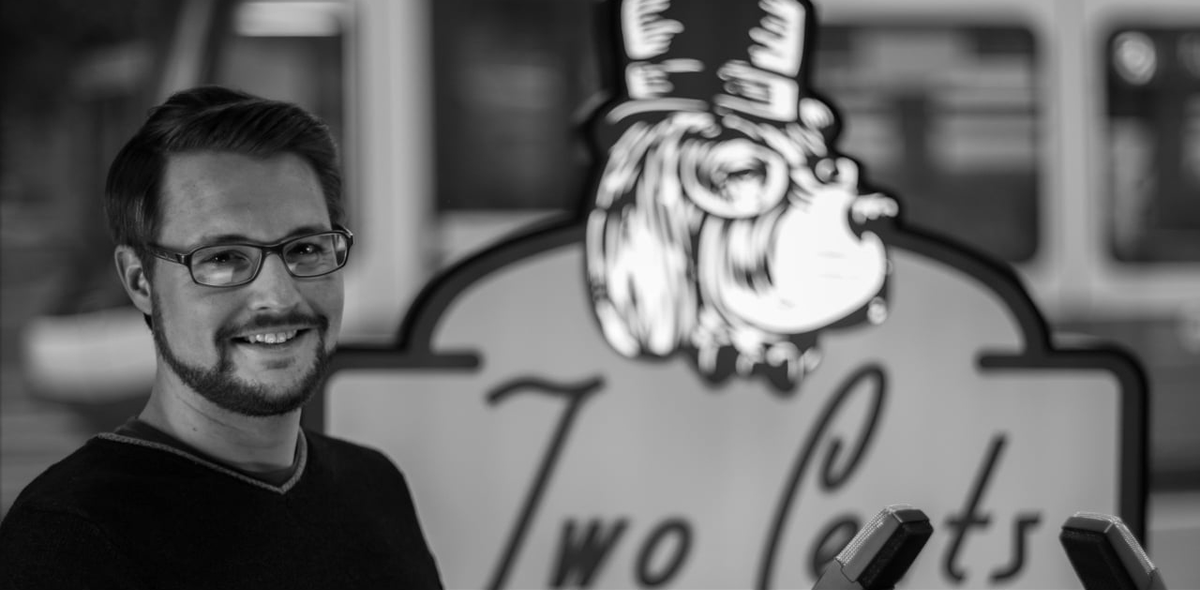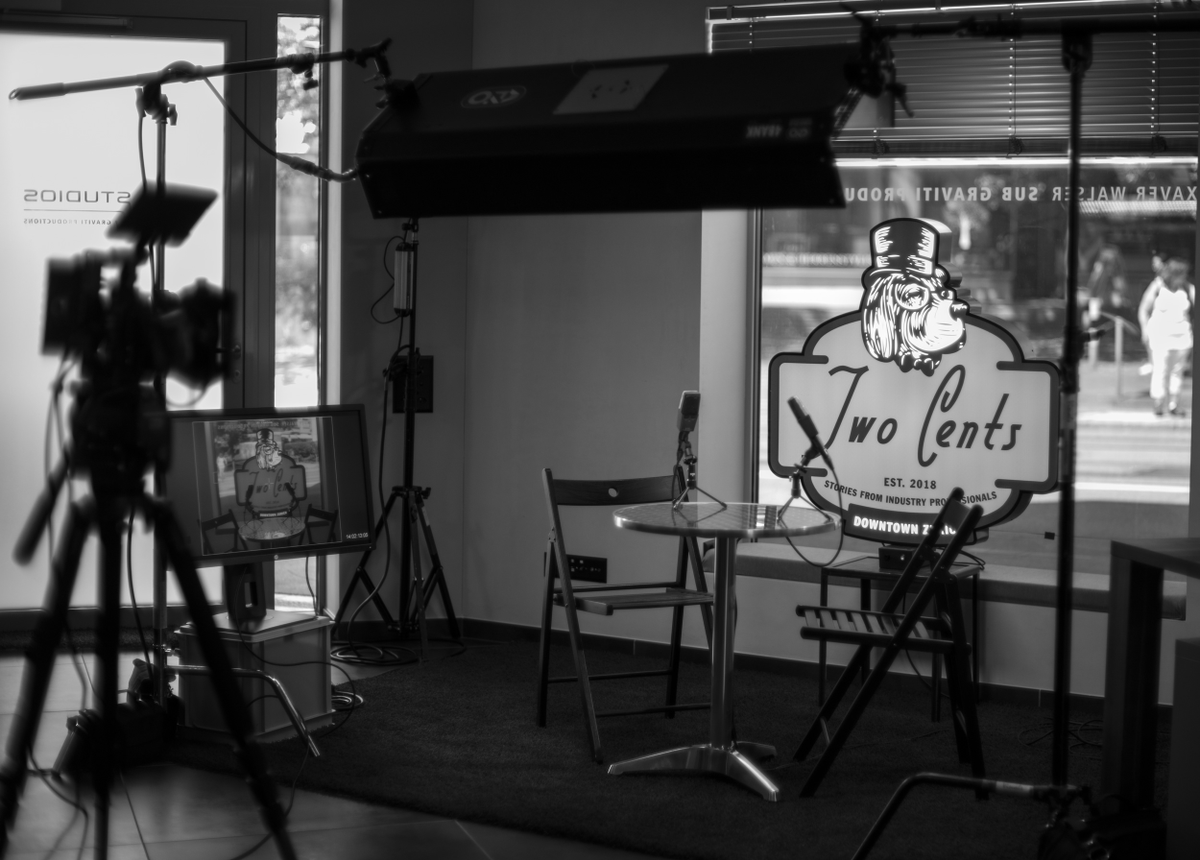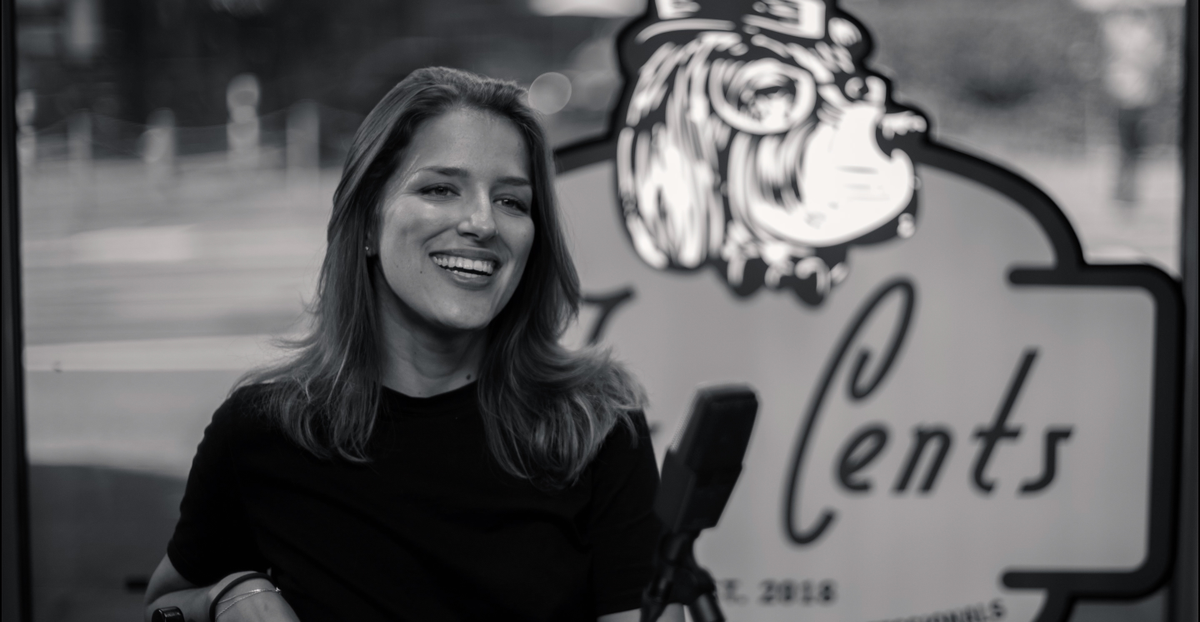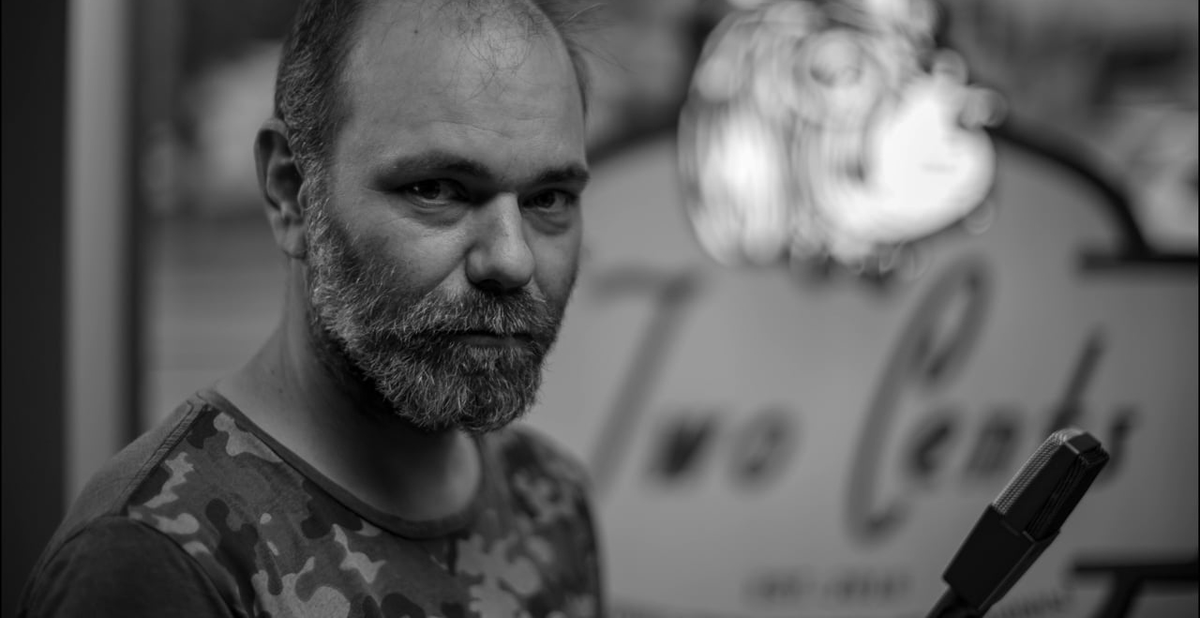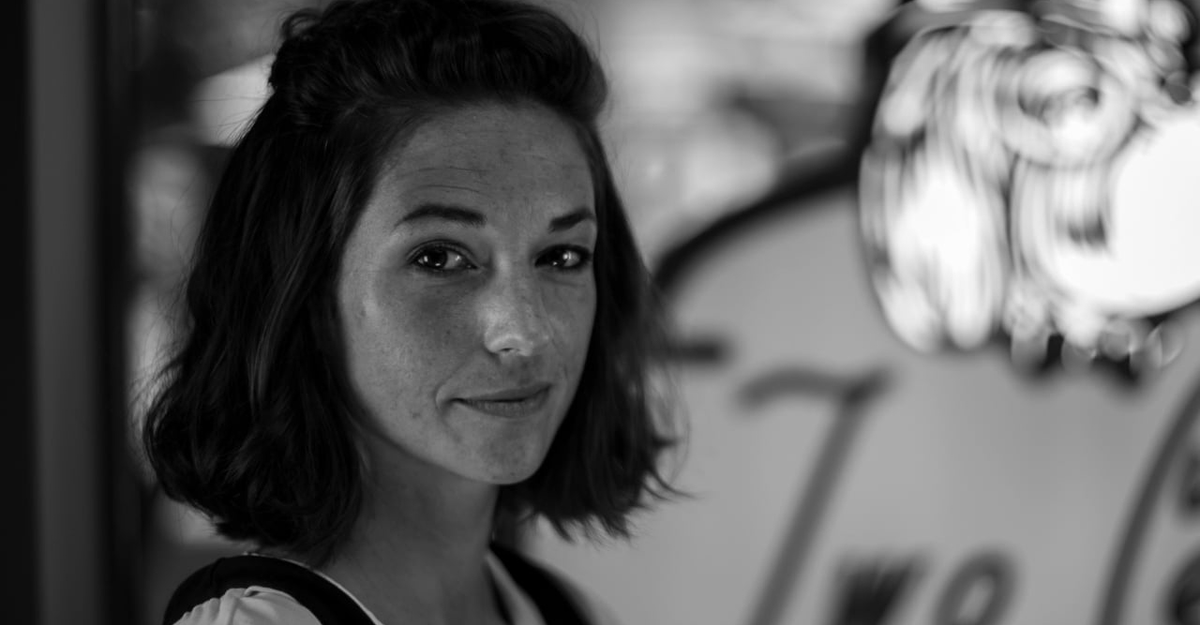Today’s guest is Patrick Baumann, a 3D artist who runs a visual effect company. Patrick, tell us what make a good 3D animation?
There are some technical aspects like the rhythm, the movement… It’s also important to give to the motion character, to have some kind of an emotional connection. I think the most important thing it that it suits its purpose. Do we really understand the message? Does it show what you want to tell people?
It’s interesting that you give character, I have never thought about it like that…
Yeah, everything needs to be somehow connected to the intention of the movement. If that is missing, if it’s just a movement from A to B, then that is just, in my opinion, not a good animation.

At the end of the day, you are also just dealing with emotion. So to bring emotion across it’s probably better to bring it as a character.
Yes exactly. It needs to feel somehow connected to the message or to the story. If you dare going motion graphics and there is text coming in and you have something that is related to falling, then the animation should also be falling. It should be a little story in itself.
How do you take a client idea, their vision, how do you make it into a visual element? Can you describe the process?
First of all, you need to understand what they need. That might not be what the first brief was. They usually tell you what they want and how they want it but not why. You have to understand why is the client asking that and how could that be done better, or if it is at least the best way to do it. Then you know just more about their original intention and that is the most important thing.
As a next step you need some kind of reference. Best case is when the client gives you a visual reference of what they have seen and that inspire them into their idea. Also, if you get the client intention you can find references on your own and discuss with the client what works best.
Then you start doing layout and scribbles. Previz is often done for complicated production so you can already feel the timing of the animation or the timing of the shoot. When we are working on commercials we usually have not enough time to show everything that the client wants. It’s something that you need to layout beforehand to be able to see what is relevant and telling the story and what is not.
It’s not a secret that Switzerland is an expensive place. With such a labor intensive job as animation, how do you manage the budget and succeed in such a competitive industry? Is it just about being the best?

It’s really challenging for all industries in Switzerland to compete with foreign countries. That’s something everybody faces. For us, it’s really the ability to communicate face to face with clients, to talk the same language, to have the same shared culture, same background. That is really hard to put in numbers.
Also when you deliver a good quality work, the word will spread. That’s how we got most of our work.

We all need inspiring, where do you go to get your inspiration from?
I would say current movies and games, but also from art platforms, like Art Station, where you can really find incredible artwork. That can be extremely inspiring and it’s like a challenge to be as good as the best of the world might be.
If you could advise a young person out there to follow their dreams, do you have a recipe to follow your dreams and be successful?
I don’t think there is a recipe for success. For me following your dreams means doing something that you love and put everything you have into it. But it also needs a lot of work and practice. You need to get your work and your name out there and you also need a supportive environment, friends and family that give feedback, criticism so you can grow as an artist. You need to sees an opportunity when it presents itself and to say “okay now is my chance I have to take it”.

When you wake up in the morning, what is your motivation to keep on going?
Well it’s not always sunshine and rainbows. It’s a job after all and it’s something people are not aware sometimes. When you are working for yourself it can be extremely rewarding and that can be something that makes you work in that field. But then when you work with a client or an employer that can be dramatically different. It can be challenging to get up in the morning but after all, when a project comes together, it is such a great and rewarding experience. Like in any other visual medium, it’s about being able to bring someone else’s vision and ideas to life and to be able to share your inner world with others. That is really amazing to me.
Interviewed by Xaver Walser


